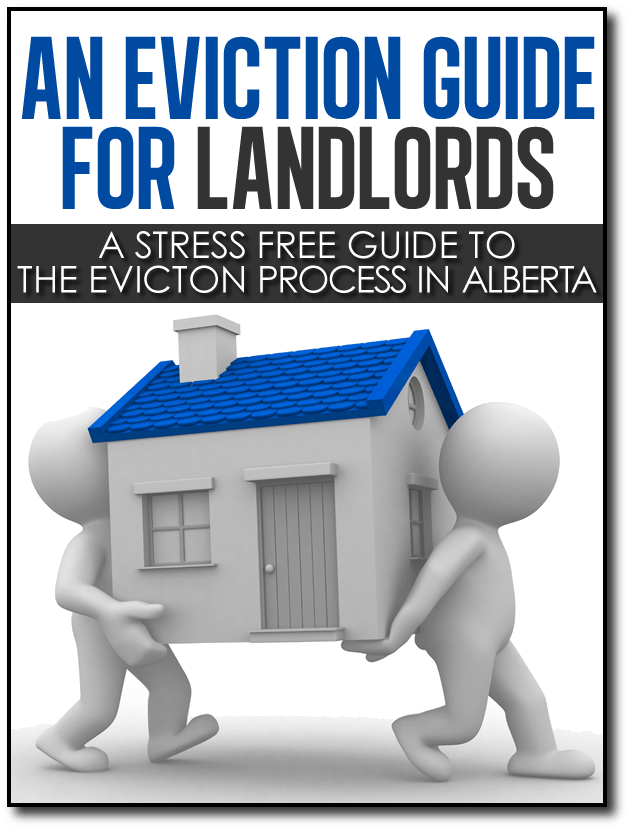 With the recent headlines about the new mortgage rules you may have thought there were going to be some sweeping changes, fortunately these changes have only resulted in minor tightening.
With the recent headlines about the new mortgage rules you may have thought there were going to be some sweeping changes, fortunately these changes have only resulted in minor tightening.
If you haven’t been paying attention, here are the changes the Finance Minister has implemented. The biggest change will be that consumers will need to qualify for five year fixed rates even if applying for a lower interest variable rate or lower shorter term rate. This is an effort to protect consumers from rising interest rates, although from recent statistics, it appears 76% of Canadians who acquired mortgages in the last six months are currently locking in 5 year rates already. So this will have relatively little impact.
Another change of note, when refinancing consumers will now only be able to refinance up to 90% of the homes current value versus the former 95%. This is meant to protect ourselves from turning our homes into ATM’s which occurred heavily in the US where homeowners were using equity in their homes to finance their lifestyle, trips and vehicles. This is a wise move as it will protect some consumers from potential financial disaster.
The last major change is non-owner-occupied properties will require a minimum 20% down payment. This ranges from rental properties to properties which are intended to be flipped. For the majority of investors who purchase rentals, this will be nothing new as typically anything financed higher than 80% results in properties that don’t properly cash flow anyway. Its main intent though is to reduce speculators who purchase property with the only goal being appreciation from overheating the markets. In my opinion, this could have the most affect on prices over the next couple of years in several cities. Notably those with very active condo markets.
Previously there had been talk of increasing the minimum down payment required for purchasers and even a shortening of the amortization period of a mortgage, but neither of these came true. This is most likely the biggest positive for prospective new homeowners. They will still only require a 5% down payment, but with the tighter qualifying, they now have to be able to afford potentially higher five year term payments.
If the new changes had included an increased down payment amount this would have blocked out a significant number of potential homebuyers from entering the market as they would have to wait until their saving essentially doubled. The double whammy would have been shortening amortization periods from the current maximum of 35 years back down to 25 years.
This would have pushed affordability completely out of the window for a much larger group of individuals and would have led to a much longer term stagnation in the housing markets. Wisely this time, the government only implemented a couple of measures to curb the market versus completely stifling it.
Our current economic recovery depends largely on the housing markets to continue to grow as Real Estate creates everything from service jobs to construction jobs which help continue to stimulate the economy. The housing market is so tightly tied into economic recovery that anything to aggressive could have easily led us back into a recession, so thankfully with these minor changes we should continue to see our continued economic recovery and continued growth in residential values.



Sounds too strict, going to another extreme. with lower buyers house price will be restrained, and rental market geting hotter.
It will cut out another portion of buyers, but this segment isn’t that large anyway. Most importantly it will push many of the speculators out who end up being the most at risk individuals anyway as they tend to understand the market the least.
There are some other changes that I hope to post about later this week that will potentially have more of an affect on current investors who are hoping to purchase additional properties, so watch for it. Now that the Olympics are over I can get back to posting!